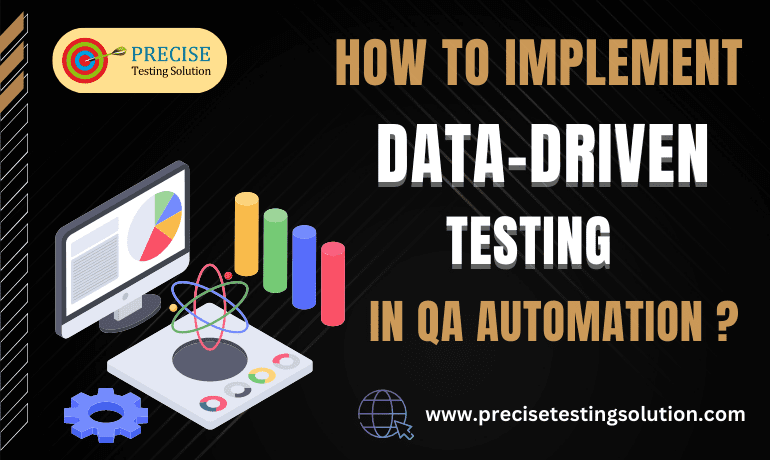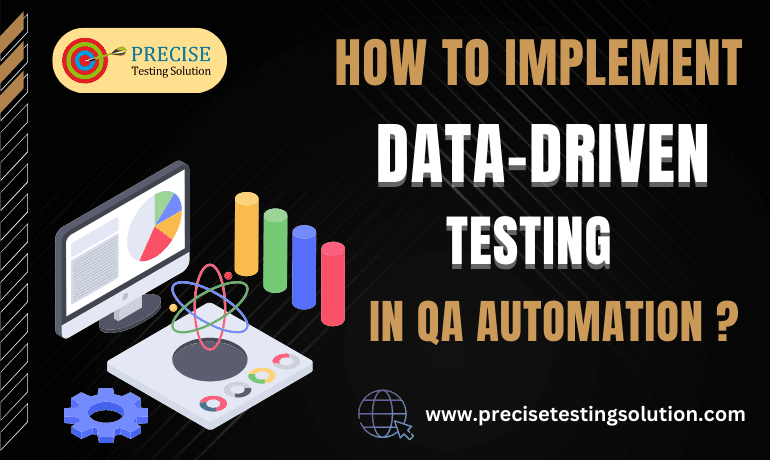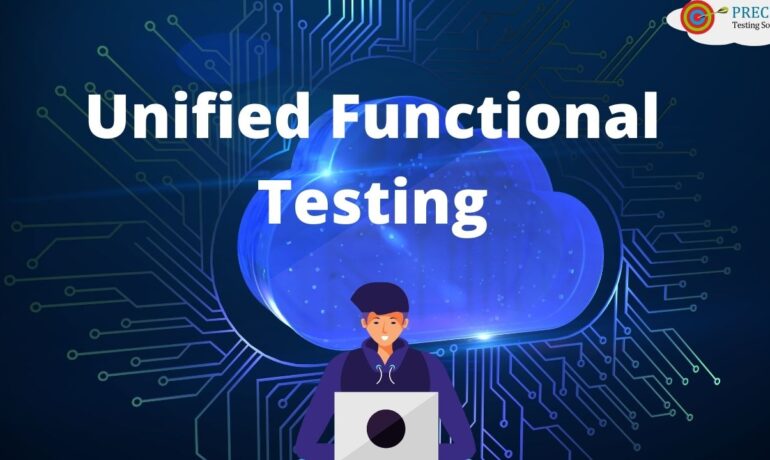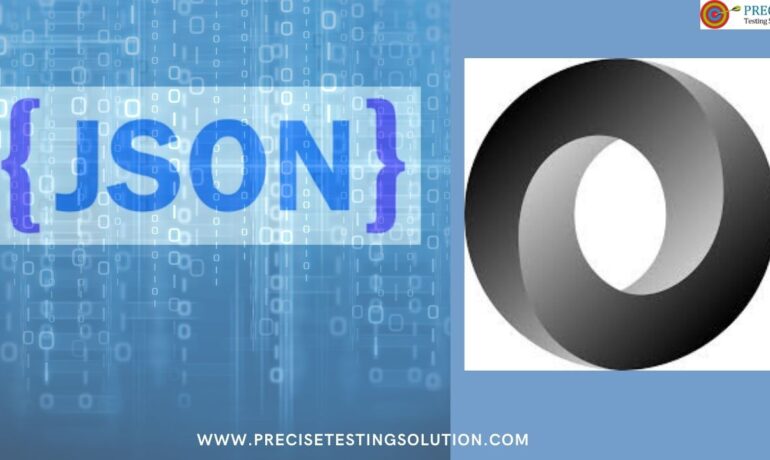Effectiveness of data-driven testing in QA Test Automation
A technique to software testing that has been increasingly well-known in recent years is data-driven testing. It is a testing methodology that enables testers to test software applications using various data sets, enhancing its effectiveness and thoroughness.
In this blog, we’ll look at what it is, why it’s significant, how to build a framework for data-driven automation, benefits, and drawbacks of data driven testing.
What is the concept of Data-Driven Testing?
A software testing strategy known as Data-Driven Testing employs data to run automation test scripts. With this strategy, automation testers create test scripts that can be run on various sets of data. The data sets are typically kept in a different data source, like an Excel spreadsheet or database.
These automation test scripts are capable of being executed using various data sets, enabling automation testers to examine how the application behaves in various test scenarios.
Why Data-Driven Testing is important?
Data-Driven Testing is important as compared to other traditional methods of software testing due to the following reasons: –
- It makes software testing more thorough and effective by enabling users to examine an application’s behavior using various data sets.
- Software testers can find flaws earlier in the development cycle, cutting down on overall development costs.
- It is especially helpful for testing apps like banking or e-commerce applications that demand a lot of input data.

How to build an automation framework that is Data-Driven?
There are various steps involved in developing a data-driven automation framework, including: –
1) Establishing the test scenarios – Determining which test scenarios are appropriate for data-driven testing.
2) Understanding the data sources – Locating the data sources and putting the data in a different repository.
3) Generating the automation test scripts – Creating flexible and adaptable automation test scripts.
4) Creating the data management modules – Developing a data management module capable of coping with various data inputs.
5) Putting the reporting mechanism in place – Establishing in place a reliable reporting system that offers details on the testing procedure.
What are the benefits of Data-Driven Testing?
Following are some of the major benefits of implementing Data-Driven Testing: –
- More thorough test coverage
- Early detection of defects
- Lowered maintenance requirements
- Increased effectiveness of testing
- Better software application quality
What are the drawbacks of Data-Driven Testing?
Although, there are various benefits of data driven testing but there are also some drawbacks which are associated it as well: –
- Setup of the data sources requires extra work.
- The test scripts’ complexity could rise.
- The creation and upkeep of the data-driven architecture can call for more resources.
Conclusion
Hence, from the above discussion on Data-Driven Testing, we can conclude by saying it is a testing strategy that is effective and efficient and can assist organizations in raising the caliber of their software applications.
The software testers can examine the behavior of the application with various data sets by leveraging data to drive the test scripts, making the testing process more thorough and effective. But it also has some drawbacks that businesses need to be aware of.
Precise Testing Solution provides Data Driven Testing services which is a useful strategy that can assist your businesses in producing high-caliber software applications.
For more information, visit our website at www.precisetestingsolution.com or call our office at 0120-368-3602. Also, you can send us an email at [email protected]
We look forward to helping you!
Frequently Asked Questions (FAQs)
Q1) What does software testing mean that it is data-driven?
A1) Data driven testing is a method of software testing that stores test data as tables or spreadsheets. When employing data driven testing, software testers can input a single test script that can execute tests for all test data from a table and predict the test outcome in the same table.
Q2) How does data-driven testing work?
A2) Input data for data-driven testing is sourced from Xis, csv, and xml files. The input data is provided to the web application using automated test scripts. It draws comparisons between the actual results and what was predicted.
Q3) How does QA test automation use DDT?
A3) The term ‘Data-Driven Testing’ (DDT) refers to an approach to the architecture of automated tests, including unit, integration, and, most commonly, backend testing, in which the test accepts a set of inputs and an expected result or state with which it must compare the actual result received after the inputs run.
Q4) How does Selenium define data-driven testing?
A4) With Selenium, you can run tests with various data sets by leveraging data-driven testing. The test data can be kept in external files like Excel or CSV rather than having to write separate code for each test scenario. This enables you to test many scenarios quickly and easily without having to completely rewrite the test case.
Q5) What are some examples of data-driven testing?
A5) When you run tests with various sets of input values, you are using data-driven testing, which uses data from external sources like files or databases. To test various combinations, for instance, you may read usernames and passwords from a file rather than using preset settings for the login function. Test modifications and upkeep are made simpler by it.
Q6) Is TestNG a framework that is data-driven?
A6) A data-driven testing framework, yes, is TestNG. With the help of its Data Providers functionality, you can give various values to a test case at any time over the course of an execution. Because of this, it is possible to run a single test case on various data sets.
How to Get Started with UFT Testing
How UFT Works Micro Focus created the robust and
How to Use JSON for Data Interchange
What is JSON JSON (JavaScript Object Notation) is a



